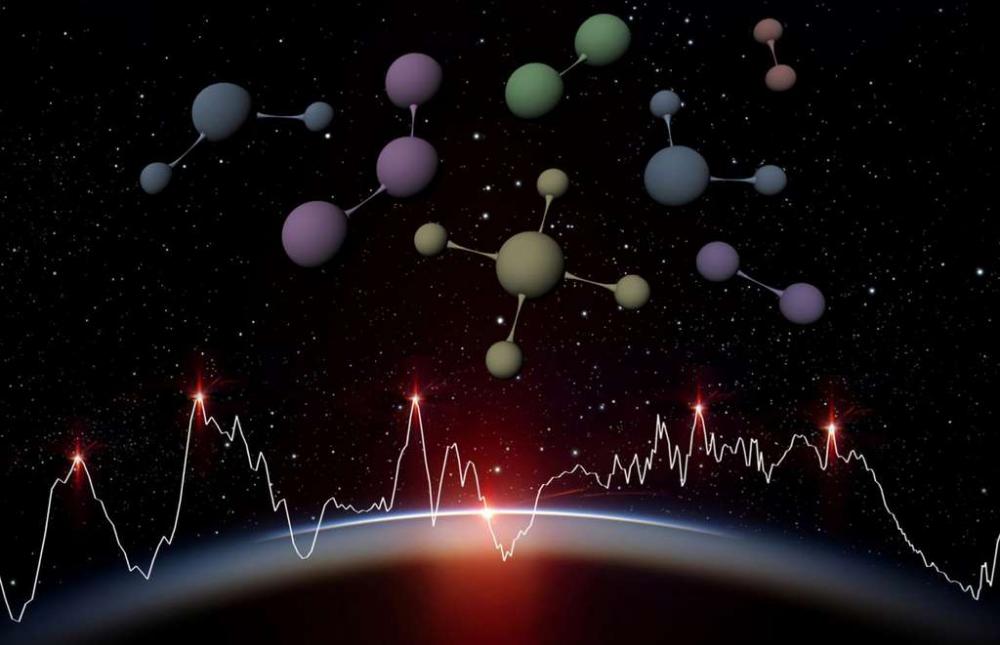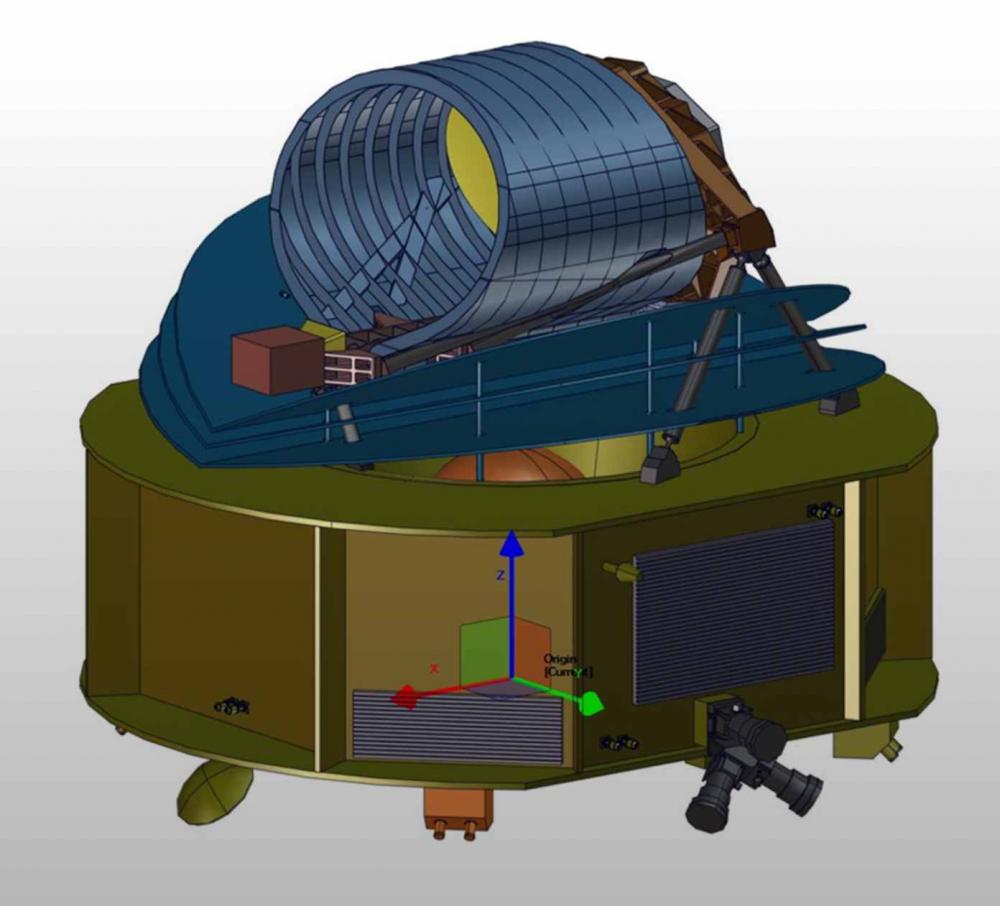ESA has adopted Ariel (Atmospheric Remote-sensing Infrared Exoplanet Large-survey), the 4th medium-class space mission of its Cosmic Vision program. Ariel is expected to be launched in 2029 by Ariane 6 from the Guiana Space Centre in Kourou. The French team, composed of CNES, CEA and CNRS, has taken charge of the design, production and delivery of the AIRS spectrometer. Pierre Olivier Lagage, astrophysicist at Irfu, is one of the 2 co-PI for the ARIEL consortium; the other co-PI is Jean-Philippe Beaulieu from IAP.
The work on AIRS is carried out under the CEA-Irfu project management, with major contributions from its partners:: the Institut d'astrophysique spatiale (IAS),the Laboratoire d'études spatiales et d'instrumentation en astrophysique (LESIA) and the ’Institut d'astrophysique de Paris (IAP ). The CNES, as the contracting authority, provides expert support as often as necessary. The French laboratories are also involved in the preparation and analysis of Ariel data, as well as in the scientific exploitation of the mission.
Within the Irfu:
- DAp is responsible for the detection system (detector focal plane and associated electronics, tests);
- DIS carries out the mechanical and thermal analysis of the focal plane and contributes to the realization of the test benches;
- DEDIP contributes to the ground segment of the instrument.
Pierre-Olivier Lagage, French co-PI for the Ariel consortium, presents this mission (in french):

The light from the host star of an exoplanet observed by Ariel is filtered by the planet's atmosphere, which is in the line of sight between the telescope and the star. Ariel will thus detect the molecules present in the atmospheres of 1,000 exoplanets thanks to spectroscopic observations © ESA, C. Carreau, ATG medialab
Ariel will survey the atmosphere of approximately 1,000 transiting and eclipsing planets throughout its expected four-year mission.
The target planets will vary in size from gas giants to mysterious sub-Neptunes and super-Earths orbiting stars of various spectral classes. Ariel will focus on "hot" planets (temperatures in excess of 400 K, 120°C) with a well-mixed, dynamic atmosphere.
Ariel will be able to detect molecules such as water, methane, carbon monoxide, carbon dioxide, ammonium hydroxide and cyanide, as well as measure the chemical composition and structure of these planetary atmospheres and detect clouds. It will also be able to provide meteorological data by observing some planets over long periods. Finally, scientists will be able to deduce the composition of the planet cores from the temperature and composition of the atmosphere.
Ariel consists of a space telescope with an elliptical primary mirror (1.10 x 0.73 metres). It will host two instruments to analyse the planets' atmospheres.
- The AIRS (Ariel InfraRed Spectrometer) covers wavelengths ranging from 1.95 to 7.8 microns, with a spectral resolution of R=30-200.
- A Fine Guidance System (FGS) covers the 0.5- to 1.2-micron range with photometric channels and a low-resolution spectrograph bridging the gap from 1.2 to 1.95 microns.
The instrument payload will be passively cooled to 55 K (–218°C) by thermal shields and the AIRS detectors actively cooled to an operating temperature of 35 K (-238°C).
The mission is coordinated by Principal Investigator Giovanna Tinetti and the United Kingdom Space Agency who lead a consortium of over 60 institutes from 15 European countries. France and Italy are the two main partners, with many contributions from across Europe: Austria, Belgium, Czech Republic, Denmark, Germany, Hungary, Ireland, Netherlands, Poland, Portugal, Spain and Sweden. The United States are supplying FGS components through NASA.
• Structure and evolution of the Universe › Planets, star's formation and dynamics, interstellar medium
• Institute of Research into the Fundamental Laws of the Universe • Department of Astrophysics (DAp) // UMR AIM • The Electronics, Detectors and Computing Division • The Systems Engineering Division
• Quality and Space Integration Laboratory • Spectral-imaging laboratory for space science • Study and development of space eletronic systems
• Ariel




